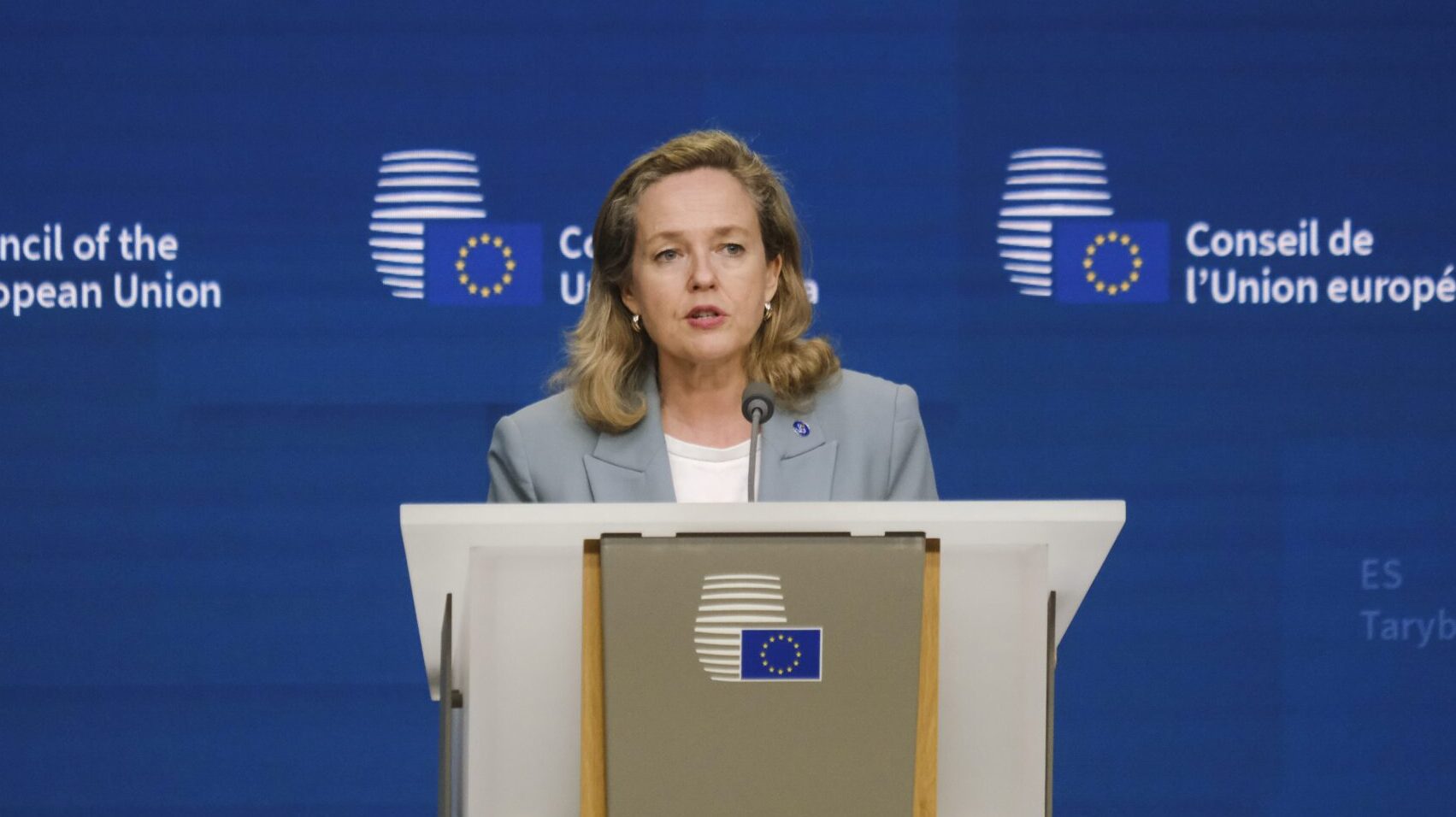While holding the EU council presidency and striving for re-election at home, the Spanish government keeps hiding, as best it can, its poor efforts at distributing the billions in EU recovery funds it has received.
The country has failed to provide concrete accounting for the €37.04 billion in NextGeneration funds it has received so far, despite EU mandates.
Last February, the European Commission imposed a requirement for countries to publish a biannual ranking of the 100 largest beneficiaries of NextGeneration funds in each of the member states. Spain has yet to publish a single list. Some countries have published twice already, as mandated, though seven other member states have also failed to comply.
The issue was brought to Spain’s attention again earlier this month when Nadia Calviño, Spain’s acting economics minister, made an appearance at the EU Parliament’s economic committee to discuss the Spanish prime minister’s economic priorities.
Both the commission and the parliament have received the list, but Calviño has not made it public yet. When Spanish MEP Eva Poptcheva with the Renew group asked Calviño when the list would be made available to the public, Calviño excused her government on the grounds that Spain was preparing a more detailed and “significant” list than other countries had. Poptcheva responded that it was a question of not doctoring up the information but simply presenting clear data to the public.
Domestically, the current acting government has been equally cagey about where the NextGeneration funds—the largest joint borrowing exercise in EU history—have ended up.
“Government reports provide no information on important aspects such as the degree of execution of the funds (percentage of those granted with respect to calls for proposals), their destination by economic sectors, and the type of company they benefit,” Joaquín Maudos, professor of economic analysis at the University of Valencia, pointed out in a recent analysis.
However, the professor approximated such details by analysing the calls for applications and the tenders for contracts. One of the most striking conclusions he made is that 89% of the funds allocated to companies have gone to the service sector and to construction, 47% and 42%, respectively. Industry and energy have barely received 10%.
Within the construction sector, the vast majority of the funds have been captured by the public sector, most of which benefit the train company Adif. According to the analysis, 96% of the €4.8 billion granted was in contracts for public tenders, especially orders from Adif. In the services sector, the largest beneficiaries have again been the public sector, where the funds are paying for digitization. In the private business sector, the funds have gone to a variety of projects, ranging from the acquisition of electric buses and high-tech sanitary equipment to grants to specialized marketing companies.
Overall, Maudos calculated that until the end of 2022, Spain had convened €35.8 billion but had only disbursed €16.3 billion, not even half of what was opened for applications.
However, the government has not made it clear that the funds granted have actually been disbursed to their intended recipients. In terms of national accounting, the European Commission estimates that, between 2021 and 2022, Spain allocated close to €8 billion of the funds.
The analysis lines up with the list provided to Brussels.
“RTVE has taken most of the funds,” Eva Poptcheva said in comments to Spanish media, referring to the deeply indebted public radio and television stations.
“Numerous public companies and big ones from the Ibex 35” will also appear in the list, she added.
She mused that this was likely the reason why Calviño had not yet made it available to the public.
Poptcheva reminded Calviño that publishing the list was a requirement for more funds to be disbursed, despite the minister’s assurances that there was no risk of losing funding.






